Purple Sage Planting Guide: What Is Purple Sage And Where Does It Grow


Purple sage (Salvia dorrii), also known as salvia, is a bushy perennial native to the desert regions of the western United States. Used to sandy, poor soil, it requires little maintenance and is perfect for filling in areas where most other plants would die. Keep reading to learn more about growing purple sage plants and the care of purple sage in gardens.
Purple Sage Planting Guide
Growing purple sage plants is great because they require such little care. Used to desert conditions (lending to its other common name – desert sage), they are very drought resistant and actually prefer sandy or even rocky soil. Because of this, the most likely reason for a purple sage plant to fail is that the growing conditions are too rich. Only gardeners in the hot, dry regions of the western U.S. have real success growing these plants. Your best chance is to plant it in the hottest, sunniest, best-drained part of your garden. South facing, rocky hills are a good bet. If you succeed in growing purple sage plants, you’ll be rewarded with a medium-sized, round shrub with fragrant, fleshy, green leaves and vivid, purple flowers that may bloom multiple times in a single growing season.
Purple Sage Plant Facts
Purple sage can be grown from seed sown in the fall or cuttings planted in the spring. Plant it in a spot that receives full sun and mix a good amount of compost with the soil to improve drainage. Care of purple sage is extremely easy - it needs little in the way of water and nutrients, though it will benefit from a 1- to 2-inch (2.5-5 cm.) layer of compost once every spring. It will maintain a nice round shape without pruning, though some pruning either during or after flowering will encourage new growth. And that’s pretty much it. If you’re known to neglect plants now and then or live in a dry region, then purple sage is definitely the plant for you.
Gardening tips, videos, info and more delivered right to your inbox!
Sign up for the Gardening Know How newsletter today and receive a free copy of our e-book "How to Grow Delicious Tomatoes".

The only child of a horticulturist and an English teacher, Liz Baessler was destined to become a gardening editor. She has been with Gardening Know how since 2015, and a Senior Editor since 2020. She holds a BA in English from Brandeis University and an MA in English from the University of Geneva, Switzerland. After years of gardening in containers and community garden plots, she finally has a backyard of her own, which she is systematically filling with vegetables and flowers.
-
 Looking For Plants To Give You The Soft And Fuzzies? Try These 5 Fuzzy Leaf Plant Options
Looking For Plants To Give You The Soft And Fuzzies? Try These 5 Fuzzy Leaf Plant OptionsLovers of texture, drama, silver foliage and tactile plants will adore these special sensory garden additions. These fuzzy leaf plant options will leave you all aglow
By Susan Albert
-
 Get Ready For A Summer Of Hummers! Grow These Full Sun Hummingbird Plants and Flowers
Get Ready For A Summer Of Hummers! Grow These Full Sun Hummingbird Plants and FlowersIf you’re lucky enough to enjoy a sunny backyard, make sure you are maxing out on your pollinator opportunities and grow these full sun hummingbird plants and flowers
By Tonya Barnett
-
 Varieties Of Salvia For Part Shade Or Shade
Varieties Of Salvia For Part Shade Or ShadeBesides being easy to grow, salvia or sage plants are versatile and some even enjoy partial shade. Read on for more.
By Laura Miller
-
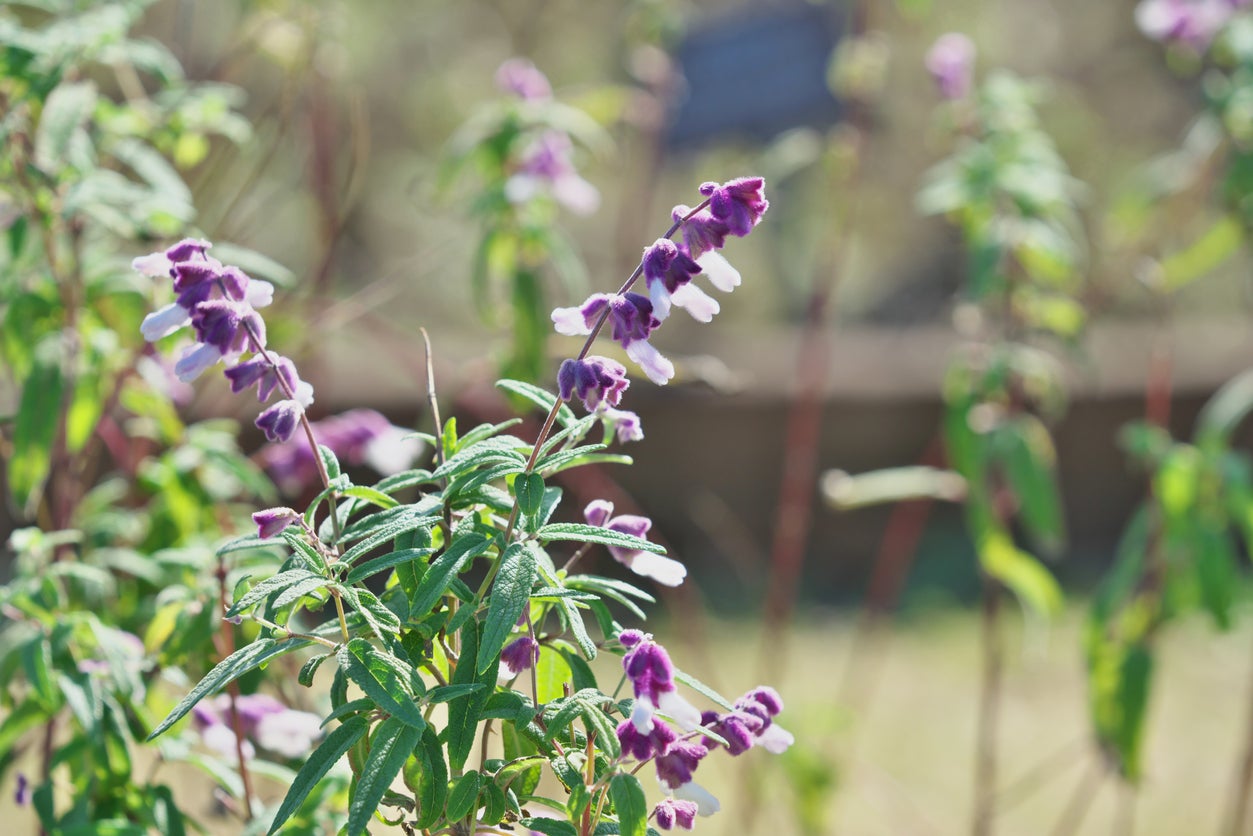 Mexican Bush Sage Care: How To Plant Mexican Bush Sage
Mexican Bush Sage Care: How To Plant Mexican Bush SageChoosing flowering plants that encourage diversity of wildlife in the garden is a key aspect of creating a lush, green garden oasis. Mexican bush sage plant is an ideal choice for those wishing to establish perennial plantings that will thrive all season long. Learn more here.
By Tonya Barnett
-
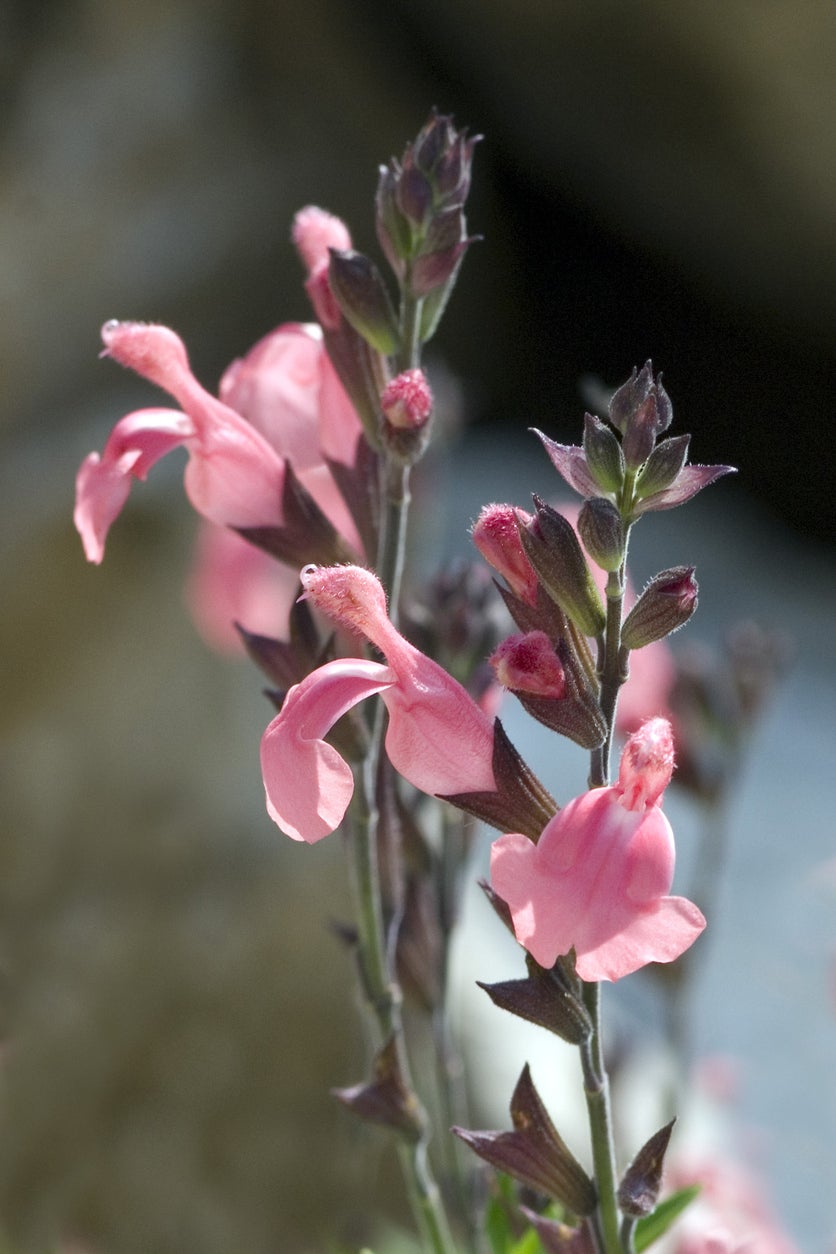 Autumn Sage Care: Growing An Autumn Sage Plant In The Garden
Autumn Sage Care: Growing An Autumn Sage Plant In The GardenSelecting perennial flowers can be one of the most difficult aspects of planting flower borders or landscapes. The autumn sage plant is a perennial that has gained popularity. Not only is this plant versatile, but it offers a season filled with flower blooms. Learn more here.
By Tonya Barnett
-
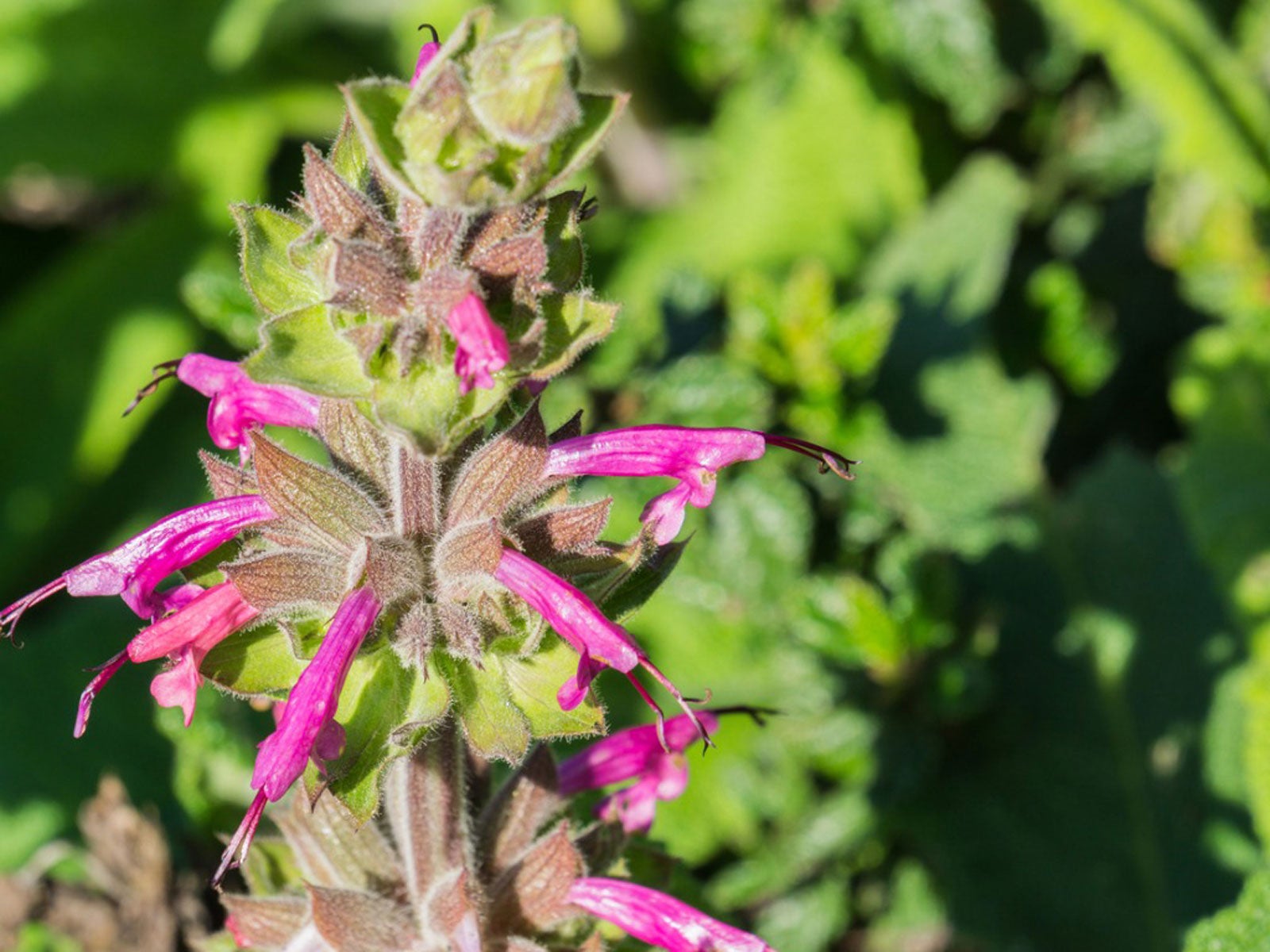 Hummingbird Sage Plant Care: Tips For Growing Hummingbird Sage Plants
Hummingbird Sage Plant Care: Tips For Growing Hummingbird Sage PlantsAs the name may suggest, the hummingbird sage plant has pitcher shaped flowers which attract hummingbirds. Click here for growing information.
By Laura Miller
-
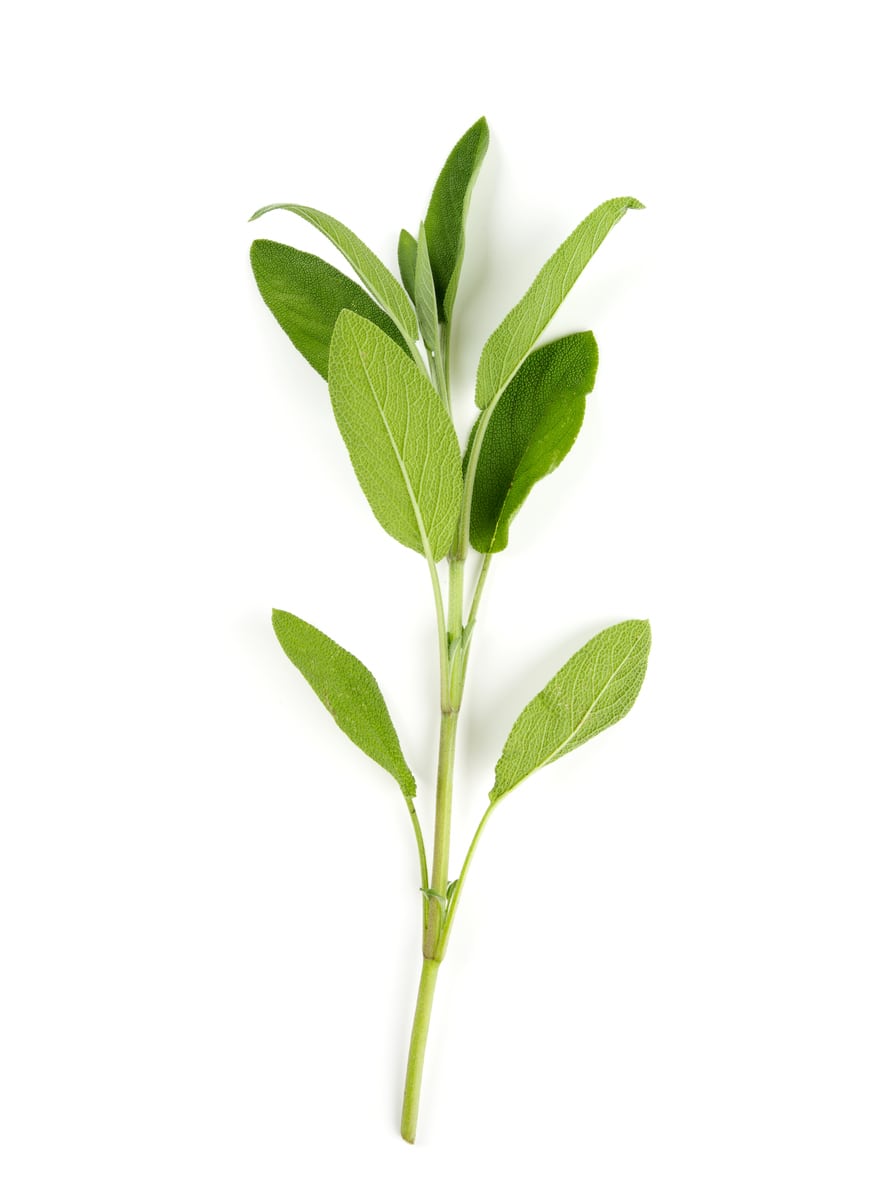 Salvia Cutting Propagation: Can You Grow Salvia From Cuttings
Salvia Cutting Propagation: Can You Grow Salvia From CuttingsIf you have salvia and want more of these easy-care beauties, nobody can blame you. Fortunately, it’s not difficult to propagate. Can you grow salvia from cuttings? Click here for information about salvia cutting propagation.
By Teo Spengler
-
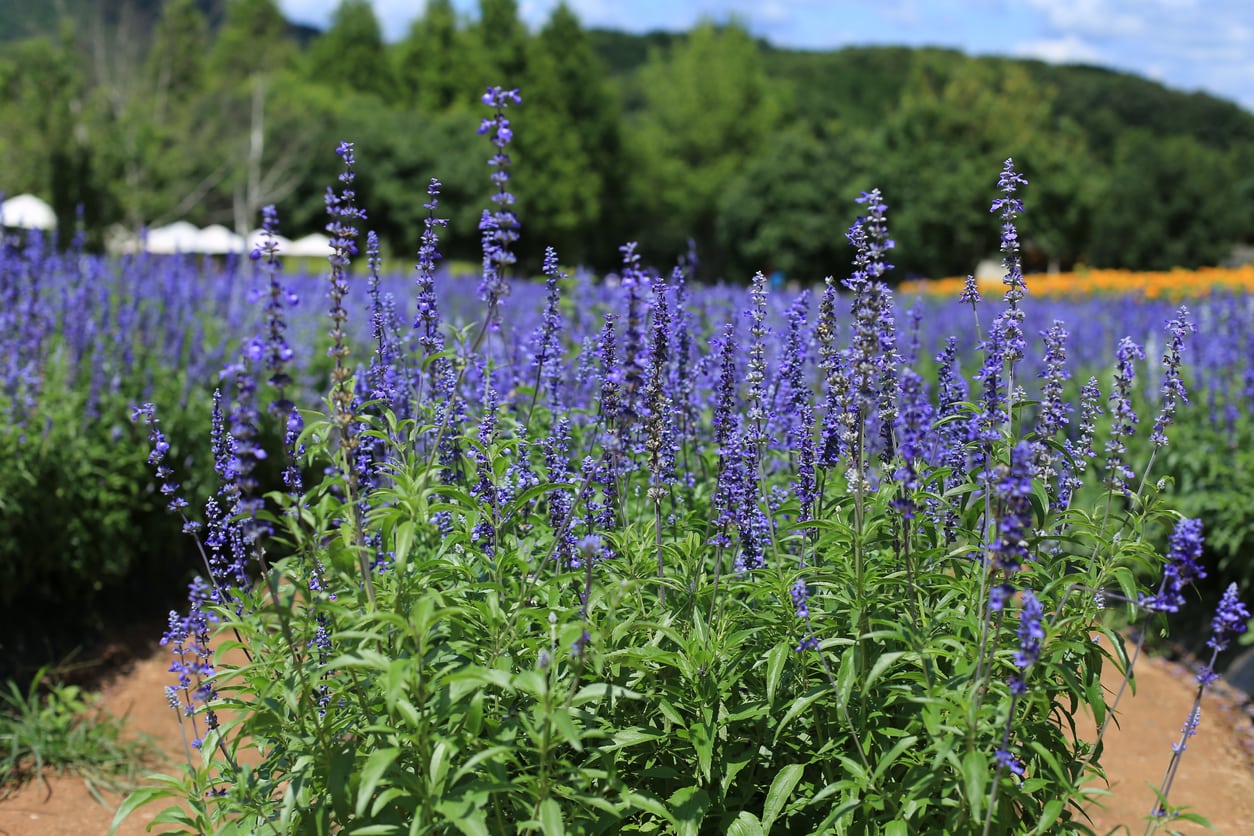 What Is Mealycup Sage: Blue Salvia Info And Growing Conditions
What Is Mealycup Sage: Blue Salvia Info And Growing ConditionsMealycup sage has stunning purple-blue flowers that attract pollinators and brighten the landscape. The name may not sound terribly pretty, but the plant also goes by the name blue salvia. Click here for some comprehensive blue salvia information.
By Bonnie L. Grant
-
 Mojave Sage Information: Learn About Mojave Sage Care In Gardens
Mojave Sage Information: Learn About Mojave Sage Care In GardensWhat is Mojave sage? Native to Southern California, Mojave sage is a woody shrub with aromatic, silvery-green foliage and spiky lavender blooms. Click on the article that follows to learn more about this vibrant, dry-climate plant.
By Mary H. Dyer
-
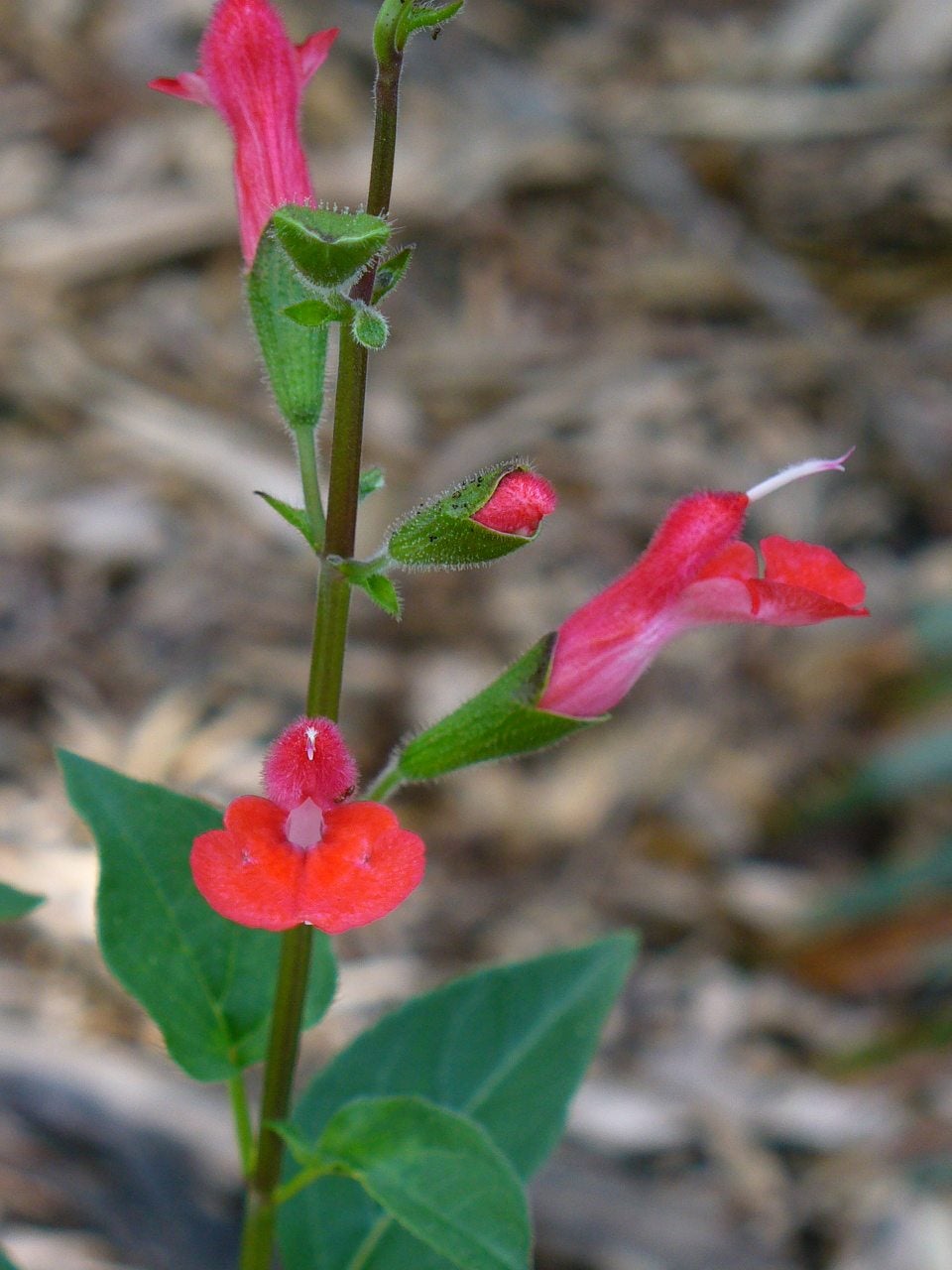 Eyelash Sage Plant Care: Tips On Growing Eyelash Sage Plants
Eyelash Sage Plant Care: Tips On Growing Eyelash Sage PlantsLooking for an easy care bloomer that attracts hummingbirds? Look no further than eyelash leaved sage. What is an eyelash sage? Click on the article that follows to find out about growing eyelash sage plants and care.
By Amy Grant